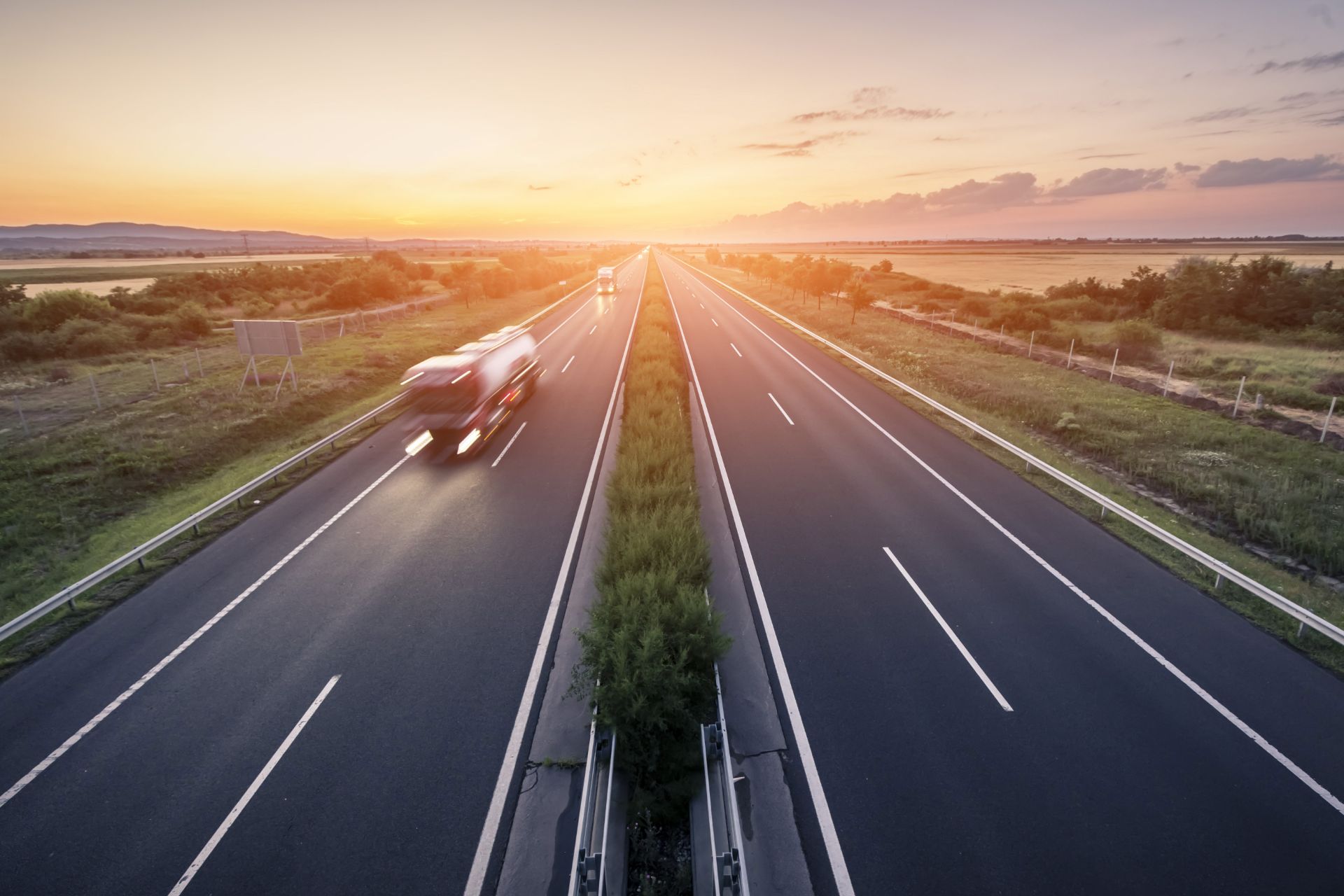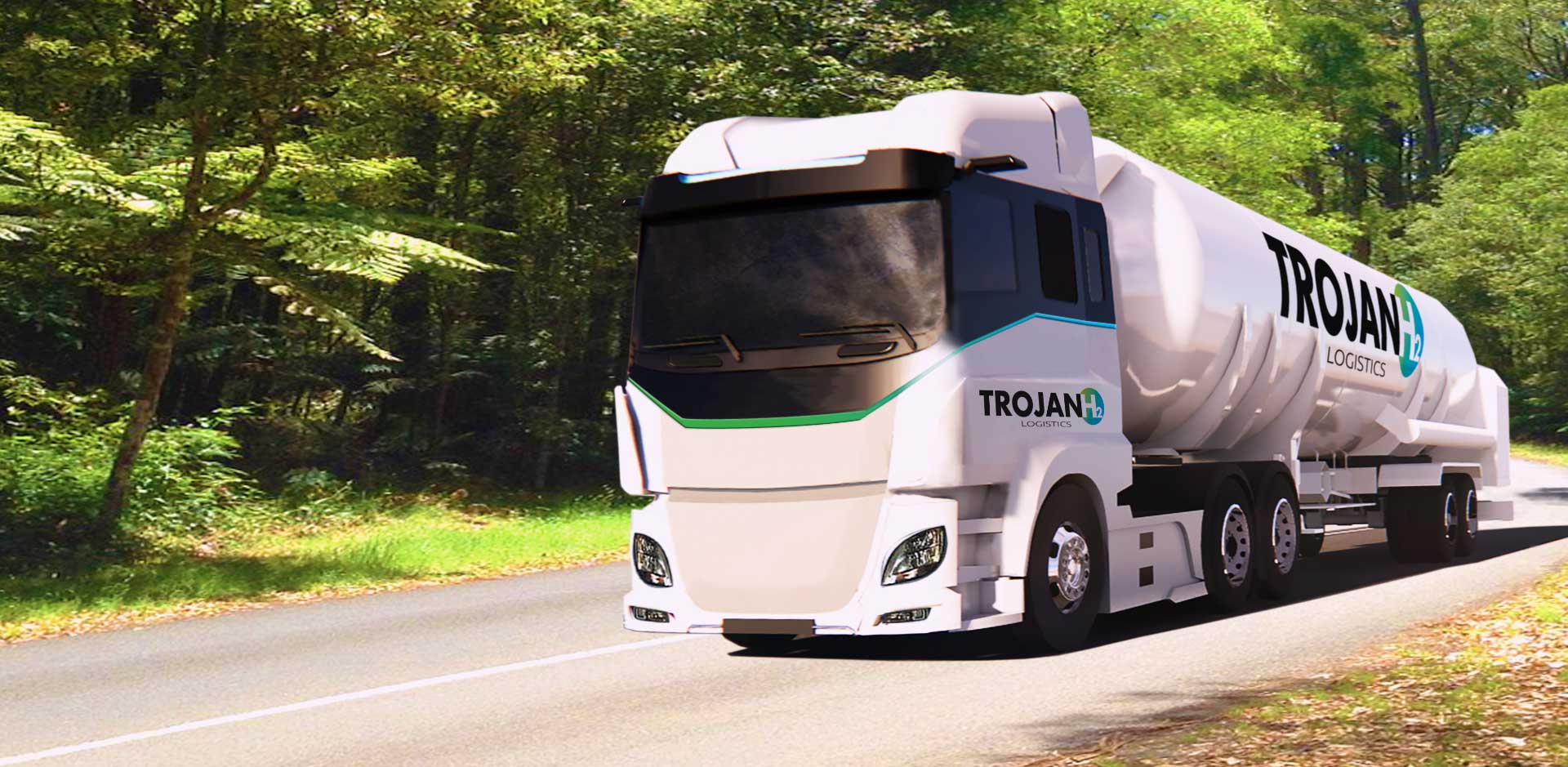
Trojan H2 Logistics is searching for a technology partner
Trojan H2 Logistics is currently is seeking a technology partner to drive its ambitions to become a leader of hydrogen
Trojan Logistics is the leader of hydrogen transportation in Australia. Trojan will facilitate a unique supply chain that will advance the transition of the transportation industry towards a sustainable, low carbon system.
Trojan’s innovative supply chain harnesses the potential to bring carbon emissions to zero for the transport and heating industries with large-scale consumption of hydrogen as a new energy source. These extraordinary undertakings will bring a multitude of benefits to residents across the country. Trojan has forecasted significant revenues; with anticipated returns of $25M by 2024 and $100M by 2027.
Trojan is working to remove carbon emissions from the entire hydrogen supply chain. This solution neutralises most logistical concerns that have traditionally limited the potential of hydrogen as a fuel source.
Work with industry leaders to create carbon-neutral storage and processing sites
Transport hydrogen using Fuel Cell vehicles that are emission free
Work with partners to produce Green Hydrogen, eliminating the carbon emissions created during the production process
Transport represents one of the largest targets for hydrogen use in Australia. While traditional electric-batteries can be used for individual vehicles, they remain too heavy to power large industrial vehicles and aircraft. The establishment of fuelling stations located throughout Australia will further facilitate the conversion of commercial shipping apparatus towards hydrogen power, completely eliminating their harmful emissions.
Renewable Hydrogen provides security for traditional renewable energy sources, such as solar and wind. The ability to store electricity produced by these climate-dependent sources allows hydrogen to provide stability for electrical grids drawing power from renewables. This in turn allows for greater investment in these renewables, greatly contributing to the decarbonisation of the energy industry.
Hydrogen presents a unique opportunity to reduce diesel emissions for RAPS, as its relatively light weight allows for fewer emissions produced in its transportation to remote communities. Estimates show hydrogen competing commercially with diesel in this sector by 2025.
The use of green hydrogen replaces fossil fuels and therefore reduces or eliminates the release of carbon dioxide into the atmosphere. Full decarbonisation is the only solution to stabalise the climate and reduce greenhouse gases by using clean energy sources through wind and solar practices.
Hydrogen is kept in its gaseous form, requiring heavy transport cylinders or pre-existing pipeline networks
Hydrogen gas is cooled until it is is liquified, allowing for 5 times the hydrogen to fit into a vessel
3 Hydrogen atoms bonded to 1 Nitrogen atom, becoming 7 times denser than hydrogen gas

Trojan H2 Logistics is currently is seeking a technology partner to drive its ambitions to become a leader of hydrogen

Trojan H2 Logistics is striking deals that place it at the forefront of the lucrative hydrogen transport market.
Stay informed on the latest about hydrogen energy coming to Australia
Trojan H2 Logistics is establishing the first fully renewable energy network in eastern Australia. Creating a carbon free logistical chain is essential to fully recognize the benefits of green hydrogen.
Quick Links
Contact Us